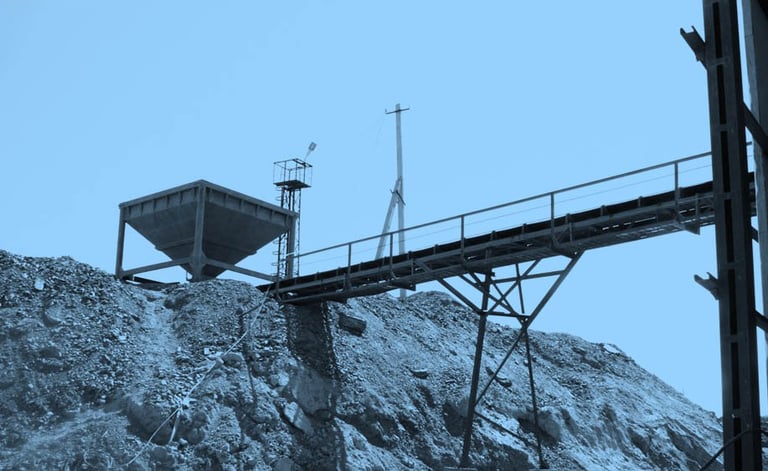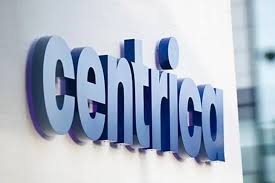Vanadium redox flow batteries are beginning to prove that durability and long-term economics can be just as powerful as high energy density. Their appeal lies in their ability to store renewable power for extended periods, operate safely, and last for decades with minimal degradation.
At their core, these batteries work differently from the lithium-based systems that dominate electric vehicles and portable electronics. Instead of solid electrodes, they use two circulating liquid electrolytes that react through a membrane to generate electricity.
Vanadium flow batteries have already moved beyond the pilot stage. Companies such as Rongke Power, Sumitomo Electric Industries, Invinity Energy Systems, and CellCube have commercial installations in operation, with China leading global deployment. The technology is particularly suited for renewable integration, where wind and solar output fluctuate and require multi-hour energy storage to maintain grid balance. With lifespans that can exceed twenty years, these batteries are designed for infrastructure-grade reliability rather than short-term returns.
If cost and supply constraints can be managed, the long-duration storage segment could expand quickly. Industry projections suggest annual installations could exceed thirty gigawatt-hours by 2031, which would require a significant increase in global vanadium production. Vertical integration between mining companies and battery manufacturers is emerging as one way to stabilise pricing and secure material flow.
Ferro-Alloy Resources Ltd (LON:FAR) is developing the giant Balasausqandiq vanadium deposit in Kyzylordinskaya oblast of southern Kazakhstan. The ore at this deposit is unlike that of nearly all other primary vanadium deposits and is capable of being treated by a much lower cost process.






































